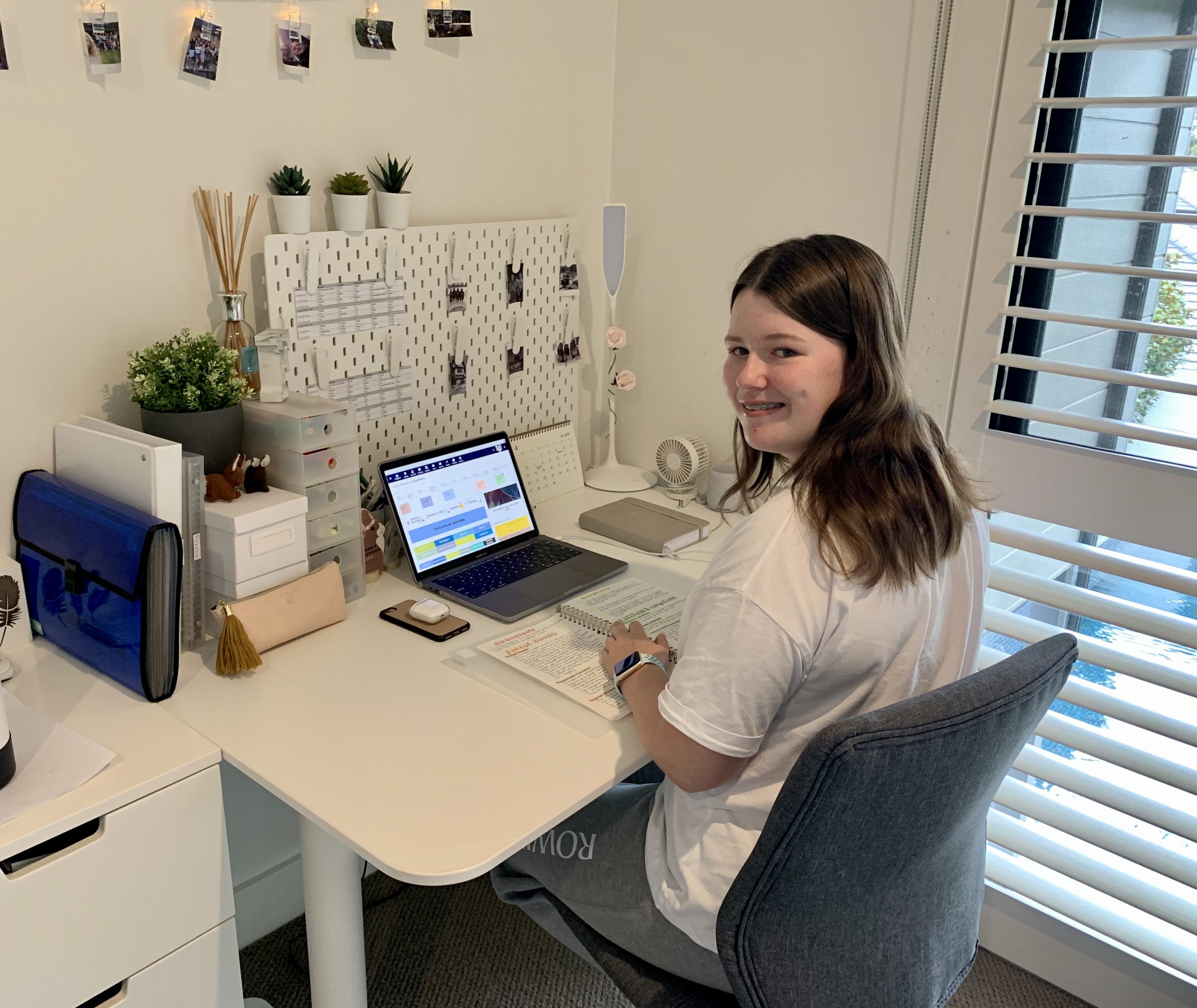In the Media: The Educator, 4 May 2020
Last week, a new report identified some key obstacles to effective online teaching methods.
One of these challenges, the study’s authors pointed out, was that teachers see less body language, which can be a critical factor to identifying if a student has understood something or is confused.
“As content is delivered online with lower face-to-face instruction, there is a greater onus for students to have to independently learn this content,” Art of Smart Education CEO and HSC study skills expert, Rowan Kunz, said.
One school that understands this all too well is Strathcona Girls Grammar, which has been moving its entire teaching and learning architecture online.
Michelle Dennis, head of digital learning and innovation, has been the driving force behind this monumental shift.
The good news is that Strathcona is receiving glowing feedback from all involved and is embracing its new way of learning enthusiastically.
But that’s not to say it’s been all smooth sailing.
Below, The Educator talks to Dennis about the biggest kinks she experienced in this monumental shift and how she and her team have managed to iron each of them out.

TE: If not implemented correctly, online transitions can be chaotic. What were the biggest issues you experienced throughout this process?
MD: One of the difficulties with this situation is that the goal posts keep on changing. We started planning fairly early, but matters escalated very quickly. That meant that the ideal plan for training and deployment had to be rapidly adapted into a shorter timeline. We prioritised technology training so we were able to teach online classes while students were still on campus. This was really important as it allowed us to finetune any tech issues while devices were still accessible and deliver our expectations and online behaviours to students before they left for remote learning.
The urgency meant we didn’t really have the time to allow teachers to properly adapt — but they responded brilliantly and rose to the occasion regardless. Policy and expectations were two other important areas that had to be developed very quickly. Not only do things have to work well, but we need to have a consistent policy to ensure the privacy and safety of everyone that uses the technology.
TE: Can you tell us about the strategies you used to ensure that this transition was successful?
MD: Working as a team was very important in this situation. We needed to ensure that everyone shared the same vision that we were moving towards — from the software, to the structure, to the expectations of staff and students. This came together very well which is a credit to the wonderful leaders, teaching staff, and community at Strathcona. As our timeline shortened, I took heed of the advice from international schools to keep things as simple as possible. We concentrated on getting the core of our continuous learning structure right, then slowly added the teacher knowledge as new needs emerged. In some ways, we were lucky with timing as we had one week of continuous learning before the Term 1 break which allowed us to survey stakeholders, make note of emerging best practice, reflect, and adjust our approach in time for Term 2 to begin.
TE: Drawing from your expertise and experience, what are some creative ideas you could share for other schools in terms of for running classes remotely, and keeping students engaged from a distance?
MD: The school and our teachers have been very proactive in exploring ways to inject creativity in remote learning. For example, we try to retain the physical aspects of certain subjects like PE, where we’ve given every student a skipping rope and a tennis ball to participate in prescribed activities from home. For music, we’ve gotten students to work with their families to create a ‘stomp’ style percussion piece, and for food technology the girls are tasked with creating things in their own kitchens. Some teachers have even been very imaginative with their own teaching environments — from using green screens to teach classes, to painting life size backdrops to theme subjects. Students are also given a number of activities to keep them engaged with the outside world including community activities (e.g. writing letters to retired alumni), outreach activities (community services), and reflection tasks (journal writing) to stay in touch with their own feelings.


